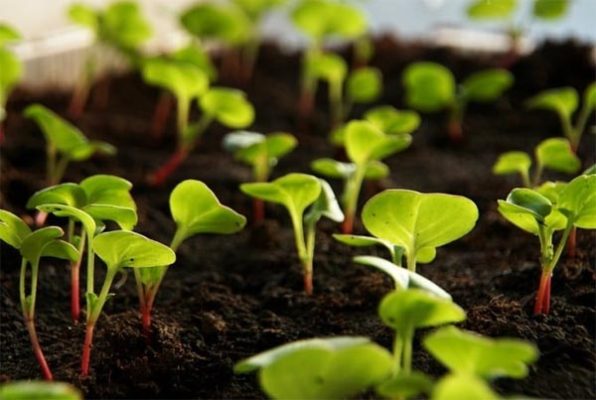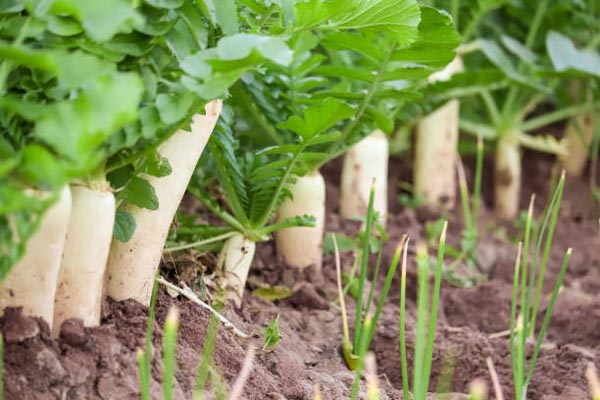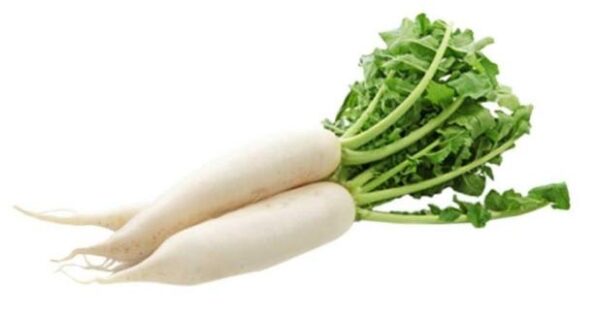
Top 10 Proven Methods for Radish Cultivation
Radishes are a delightful addition to salads and snacks and one of the easiest and fastest-growing vegetables you can cultivate in your home garden. Whether you’re a seasoned gardener or a beginner with a green thumb, mastering the art of radish cultivation can be a rewarding experience. This comprehensive guide explores the top 10 proven methods for successful radish cultivation, ensuring a bountiful harvest and a garden full of vibrant, crisp radishes.
Top 10 Proven Methods for Radish Cultivation
- Choose the Right Radish Variety
- Optimal Soil Preparation
- Proper Planting Depth
- Watering Consistency
- Provide Adequate Sunlight
- Thinning for Healthy Growth
- Fertilize Thoughtfully
- Pest and Disease Management
- Harvest at the Right Time
- Successive Planting for Continuous Harvest
Choose the Right Radish Variety
Start your radish cultivation journey by selecting a suitable variety. Some popular choices include Cherry Belle, French Breakfast, and Easter Egg radishes. Each variety has its unique flavour profile and growth characteristics.

Also Read This : From Seed to Harvest: Growing Onions Simplified
Optimal Soil Preparation
Radishes prefer well-draining soil rich in organic matter. Ensure your soil is loose, friable, and free from rocks to allow the radishes to grow without restrictions. Incorporate compost for added nutrients.
Proper Planting Depth
Plant radish seeds at the correct depth, typically around half an inch deep. Sow them directly into the soil or use a container with adequate drainage. Proper spacing is crucial to prevent overcrowding and ensure healthy root development.

Also Read This : Turn Your Home Into A Paradise With These Ornamental Plants
Watering Consistency
Radishes appreciate consistent moisture, especially during the germination and early growth stages. Keep the soil evenly moist, but avoid waterlogging, which can lead to rot. Watering consistently helps prevent radishes from becoming woody or developing a spicy taste.
Provide Adequate Sunlight
Radishes thrive in full sunlight. Ensure they receive at least 6-8 hours of sunlight daily. Adequate sunlight promotes healthy foliage growth and encourages the development of plump, flavorful radish roots.
Also Read This : When and How: The Ultimate Succulent Repotting Guide
Thinning for Healthy Growth
Once your radish seedlings emerge, thin them to the recommended spacing. This prevents overcrowding, allowing each radish to receive sufficient nutrients and space to mature properly.

Fertilize Thoughtfully
While radishes are not heavy feeders, providing a balanced fertilizer before planting can enhance their growth. Avoid excessive nitrogen, as it may lead to lush foliage at the expense of radish root development.
Also Read This : Blossoming Health: The Medicinal Magic of Flower Power Blooms
Pest and Disease Management
Keep a vigilant eye for common pests like aphids and flea beetles. Utilize organic pest control methods, such as neem oil or companion planting with pest-repelling herbs. Practice crop rotation to minimize the risk of soil-borne diseases.
Harvest at the Right Time
Radishes are ready for harvest in as little as 20 to 30 days. Harvest them when they reach the appropriate size, usually around 1 to 1.5 inches in diameter, depending on the variety. Overgrown radishes can become pithy and lose their crispness.
Also Read This : Leafy Elegance: Transform Your Space with These Amazing Pothos Curtain Ideas
Successive Planting for Continuous Harvest
Extend your radish harvest by practising successive planting. Sow seeds every 7-10 days for a continuous supply of fresh radishes throughout the growing season.
When to Plant Radish
Radishes are cool-season vegetables that grow best in temperatures ranging from 45°F to 75°F (7°C to 24°C). The ideal time to plant radishes depends on your local climate and the specific variety of radishes you are growing. Here are some general guidelines:

Also Read This : Guardians of Shami: Items to Keep Away from Your Sacred Plant
Spring Planting
Spring is an excellent time to plant radishes for many regions with distinct seasons. You can sow radish seeds directly into the ground as soon as the soil can be worked and is no longer frozen, usually a few weeks before the last expected frost date. This allows them to take advantage of the cool temperatures and ample sunlight.
Fall Planting
Consider planting radishes in late summer for a fall harvest in regions where summers are hot. Sow the seeds about 4-6 weeks before the first expected fall frost. The cooler temperatures of fall promote rapid and crisp radish growth.
Also Read This : Best Indoor Bonsai Trees to Elevate Your Home Decor
Winter Planting
Some radish varieties are well-suited for winter planting in milder climates. If your winters are mild with no hard freezes, you can plant radishes during the winter months. Check the specific cold tolerance of the radish variety you choose.
Successive Planting
Consider successive plantings every 7-10 days to enjoy a continuous harvest. This approach ensures a steady supply of fresh radishes rather than a large crop all at once.
Also Read This : How Long Do the Longest Blooming Flowers Really Last?
Soil Temperature
Radishes germinate quickly in excellent soil. The optimum soil temperature for radish seed germination is between 50°F and 65°F (10°C to 18°C). If the soil is too warm, radishes may bolt and become pithy.
Specific Variety Considerations
Different radish varieties have varying temperature preferences. For instance, some are more heat-tolerant and suitable for late spring or early fall plantings, while others thrive in more excellent conditions.
Indoor Planting
If you’re eager to start growing radishes early in the season, you can begin indoors and transplant them outdoors when the weather is suitable. Use biodegradable seed pots to minimize transplant shock.
Also Read This : Perennial Wonders: Exploring the World’s Longest-Living Flowers
Always refer to the specific guidelines on the seed packet for the radish variety you are planting.
By incorporating these proven methods into your radish cultivation routine, you’ll be well on your way to a successful harvest. Whether you’re a novice gardener or a seasoned pro, the joy of pulling vibrant, homegrown radishes from your garden is a satisfying experience that awaits you. Happy gardening!




